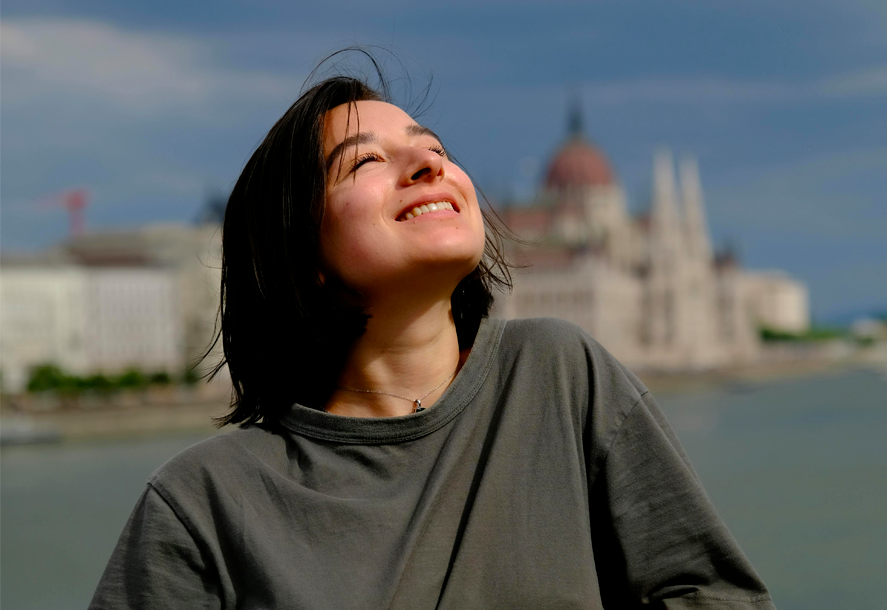By Marc Dellière, Medical Consultant & Trainer – Specialist in Stress, Prevention & Integrative Health
As anxiety, chronic stress, and depression continue to rise, natural light and light therapy are emerging as simple, powerful — yet underused — therapeutic tools.
Healthcare professionals working long shifts and rarely seeing daylight offer a striking example.
A recent Chinese study involving 787 operating room nurses, all with minimal exposure to natural light, revealed alarming findings:
➤ They experienced high levels of psychological distress, directly correlated with low sun exposure.
Additional aggravating factors — such as irregular sleep or chronic health conditions — worsened the picture.
➤ These results clearly show how light deprivation, combined with professional stressors, can contribute to anxiety, depression… and even burnout.
Why is light so essential?
Chronobiology and neurobiology research confirms that natural light is fundamental for regulating our circadian rhythms. When light exposure is too low — especially for night workers or those in enclosed settings — it disrupts the sleep-wake cycle and increases the risk of mood disorders.
Here’s why:
- Disruption of the body’s internal clock impairs day/night regulation and cognitive function.
- Mood-related neurotransmitters like serotonin (well-being, appetite) and dopamine (motivation, alertness) follow daily and seasonal rhythms — and light is essential to maintain their balance.
- Genetic variations (e.g., DRD4, or melanopsin genes) may influence an individual’s sensitivity to light therapy.
What is Bright Light Therapy (BLT)?
BLT (Bright Light Therapy) uses artificial white light (typically 5,000–10,000 lux) to mimic daylight and restore healthy biological rhythms.
It helps:
- Reset the circadian clock
- Stimulate serotonin and dopamine
- Regulate melatonin and improve sleep
Evidence-based indications include:
- Seasonal Affective Disorder (SAD)
- Non-seasonal depression (adjunct or alternative therapy)
- Delayed sleep phase, chronic insomnia
- Fatigue from night shifts or rotating schedules
- Certain cognitive or psychiatric disorders (under ongoing evaluation)
Daylight and light therapy — to be prescribed generously
Light is not just a comfort — it’s a powerful modulator of our brain, immune system, mood, and motivation.
To maximize benefits, light therapy must be tailored: intensity, timing, duration, and patient profile all matter. Genetics, lifestyle, and working environment can all influence the response.
For shift workers, sun-deprived caregivers, or patients with depression, restoring light hygiene — daily daylight exposure, therapeutic lamps, workplace design — may become as vital as nutrition or physical activity.
In the end, acknowledging the power of light means expanding our toolkit for mental health and sustainable well-being.
What’s your experience with light therapy? Have you recommended it? Tried it yourself? Let’s share insights.
Scientific sources :
Association Between Sunlight Exposure and Mental Health: Evidence from a Special Population Without Sunlight in Work Jie Wang, Zhen Wei, Nan Yao, Caifeng Li, Long Sun Risk Manag Healthc Policy. 2023; 16: 1049–1057. Published online 2023 Jun 14. doi: 10.2147/RMHP.S420018
The Contribution of Environmental Science to Mental Health Research: A Scoping Review Michaela Roberts, Kathryn Colley, Margaret Currie, Antonia Eastwood, Kuang-Heng Li, Lisa M. Avery, Lindsay C. Beevers, Isobel Braithwaite, Martin Dallimer, Zoe G. Davies, Helen L. Fisher, Christopher J. Gidlow, Anjum Memon, Ian S. Mudway, Larissa A. Naylor, Stefan Reis, Pete Smith, Stephen A. Stansfeld, Stephanie Wilkie, Katherine N. Irvine Int J Environ Res Public Health. 2023 Apr; 20(7): 5278. Published online 2023 Mar 27. doi: 10.3390/ijerph20075278
Shankar A, Williams CT. The darkness and the light: diurnal rodent models for seasonal affective disorder. Dis Model Mech. 2021 Jan 26;14(1):dmm047217. doi: 10.1242/dmm.047217. https://pmc.ncbi.nlm.nih.gov/articles/PMC7859703/
Levitan RD. The chronobiology and neurobiology of winter seasonal affective disorder. Dialogues Clin Neurosci. 2007;9(3):315-24. doi: 10.31887/DCNS.2007.9.3/rlevitan. https://pmc.ncbi.nlm.nih.gov/articles/PMC3202491/
Conseils et astuces contre la dépression saisonnière : nutrition et mode de vie https://www.le-guide-sante.org/actualites/medecine/depression-saisonniere-conseils-astuces-nutrition-sante

